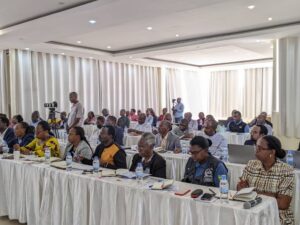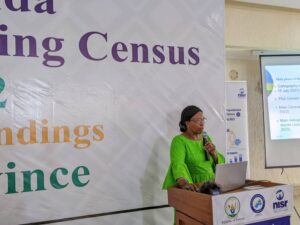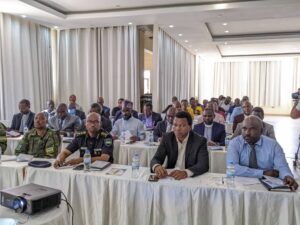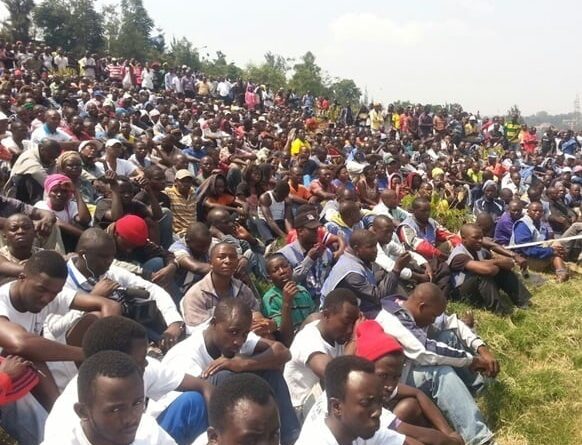Rising Population Pressures and Urban Crowding in Northern Rwanda: Voices and Government Perspectives
With an increasing population observed across densely populated areas like markets, transport hubs, and health service points, some Rwandans believe that such crowding could be linked to the rapid population growth in recent years.
Residents interviewed by Greenafrica at Musanze’s food market expressed concern, as one remarked, “Every day, the streets and markets feel more crowded. Sometimes, just walking requires extra caution. We wonder if our district’s tourism appeal is drawing in people, adding to the increase. There’s noticeably more crowding now than in previous years.”
These sentiments are echoed by youth in the area who feel apprehensive about the expanding population. “When job opportunities are posted, thousands apply for just a handful of positions. This shows just how much we’re growing in numbers,” commented Donat Uwizeye. Another added, “As elders, we feel confined, with less land to pass on to our children, especially since parts of it have been sold off for basic family needs. What’s left is rarely enough for the next generation.”

The 2022 National Population and Housing Census by Rwanda’s National Institute of Statistics (NISR) recorded Rwanda’s population at over 13.2 million, up from 10.5 million in 2012 and 8.1 million in 2002. According to NISR projections, this growth is expected to continue, with Rwanda’s population potentially reaching nearly 23.8 million by 2052, with a density of 903 people per square kilometer, up from the current 501.
During a briefing on the census findings for Northern Province leaders held in Musanze on January 11, 2024, NISR officials emphasized that population growth should not automatically be viewed as problematic if there’s a focus on empowering citizens to reduce dependency on government support.

Beatrice Uwayezu, from NISR’s Census Department, explained, “A large population isn’t inherently an issue if it means a stronger workforce. Our focus should be on providing sustainable employment and encouraging entrepreneurship so citizens can thrive independently.” She added that while population growth should be managed, efforts like family planning and having children within one’s means are also essential.
Statistics reveal that while those under 30 made up 65.3% of the population in 2022 (down from 70.3% in 2012), this proportion is set to drop further to 54.3% by 2050. Meanwhile, citizens aged 16-64 are expected to rise to 61.4% by 2050 from 56% currently.

Northern Province’s administration pledged to focus on educating and training residents to create job opportunities, leveraging local economic activities. Governor Maurice Mugabowagahunde remarked, “We’re committed to guiding residents toward opportunities, especially in sectors like tea farming and other labor-intensive industries. Infrastructure projects, markets, and planned road developments will provide employment, enabling residents to earn, save, and secure their futures.”
He concluded, “These are significant opportunities, alongside government initiatives to enhance education, vocational training, and job creation. This way, population growth becomes a national asset rather than a challenge.”
Officials also emphasized the importance of planned housing, encouraging citizens to settle in villages rather than isolated homesteads, which can lead to inefficient land use and reduce agricultural space as the population grows.
The NISR conducts a national population and housing census every ten years, with this year marking its fifth. The Eastern Province has the highest population, accounting for 26.9%, followed by the Southern (22.7%), Western (21.9%), Northern (15.4%), and Kigali City (13.2%). Of these, a significant majority (72.1%) live in rural areas, with just 27.9% in urban centers.

